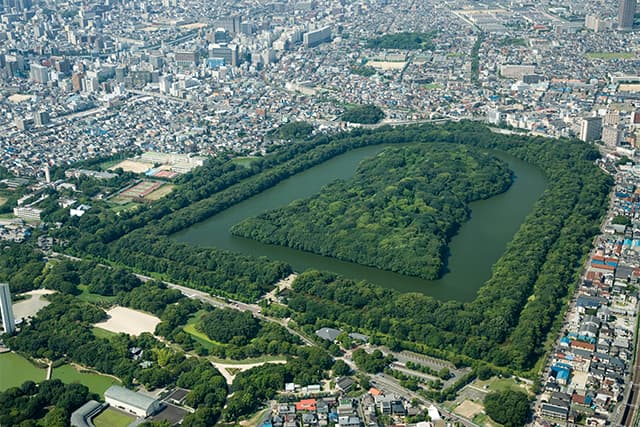sightseeing
Sakai, a City where Ancient History Lives On

The Tomb of Emperor Nintoku, Largest Burial Mound of the World Heritage Site the “Mozu-Furuichi Kofun Group”
Constructed approximately 1,500 years ago, Emperor Nintoku’s mounded tomb is the largest in Japan, measuring about 486 meters in length. It is estimated that in the fifth century, it must have taken about 20 years to build this tomb. Formed with a circular portion sitting atop a squarish portion—as viewed from the air—it is one of the so-called keyhole-shaped burial mounds that are unique to Japan. Surrounded by a triple moat, Emperor Nintoku’s tomb is now covered with vegetation, adding to the atmosphere of the emperor’s eternal sleep.
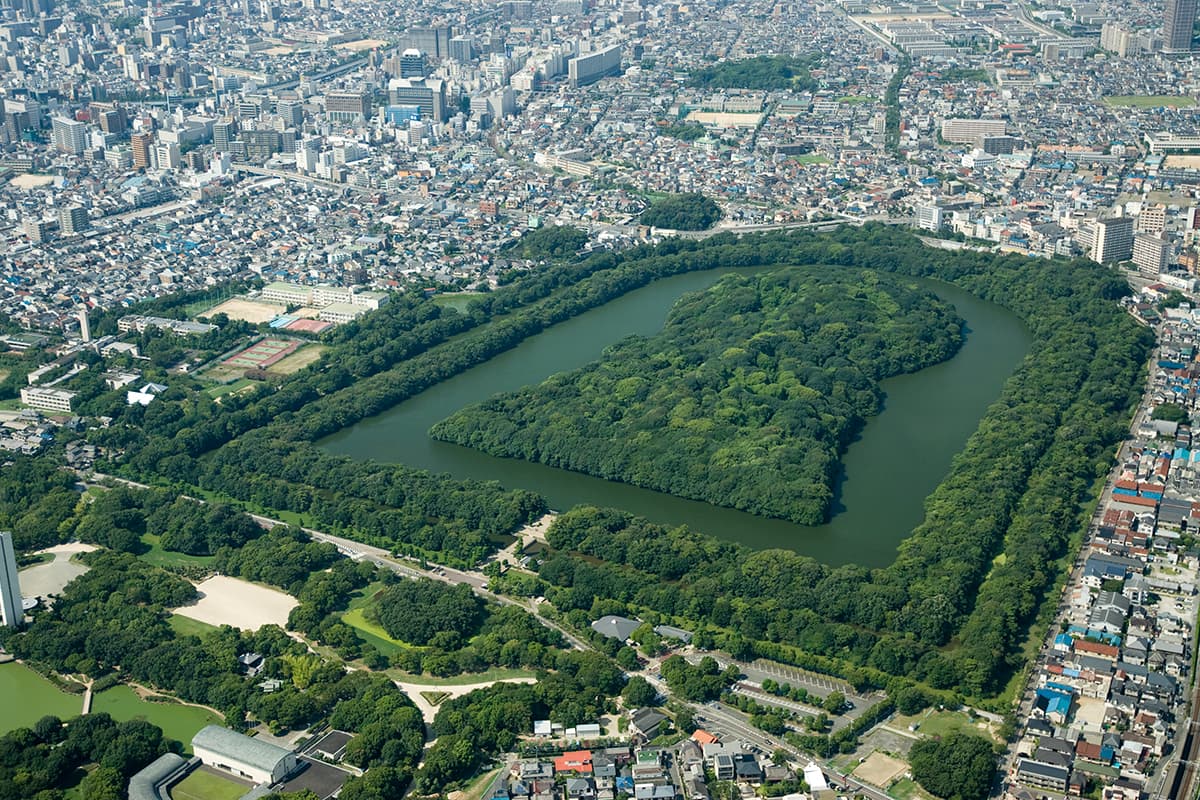
Emperor Nintoku’s Tomb Tours
Volunteer tour guides are available from 10:00 to 16:30 for those wishing to visit the prayer and observation area of Emperor Nintoku’s tomb. Please note that the tomb is managed by the Imperial Household Agency and the main tomb area is closed to the public.
To get a bird’s-eye view and take in the immense size of the tomb, visit the Observation Lobby on the 21st floor of Sakai City Hall. From the corridor-shaped observation area 80 meters high, you can see the Mozu tomb group, including Emperor Nintoku’s tomb, and panoramas of the Sakai cityscape.
To go to Sakai City Hall, take the number 140 bus from "Sakaishi-hakubutsukan-mae Bus Stop" and get off at Sakaihigashi station.
Tourist Information Centers are located at both the prayer and observation area and Sakaihigashi station.
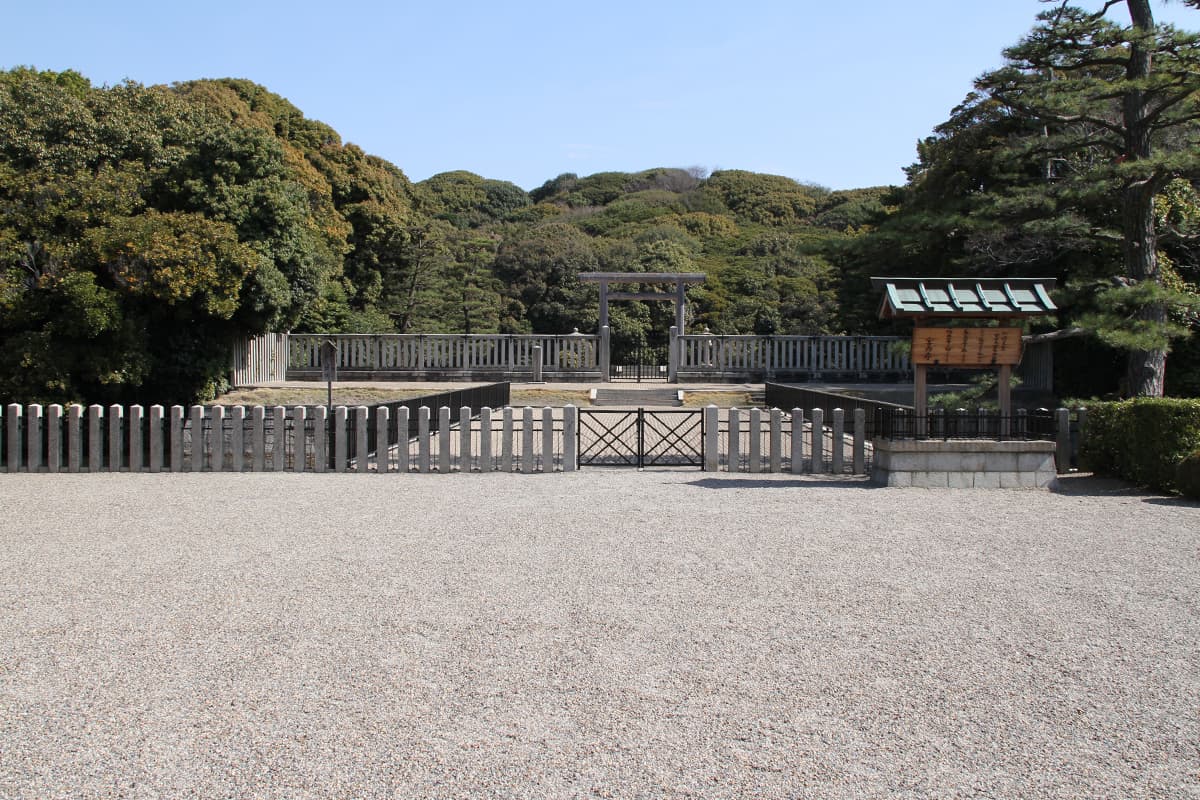
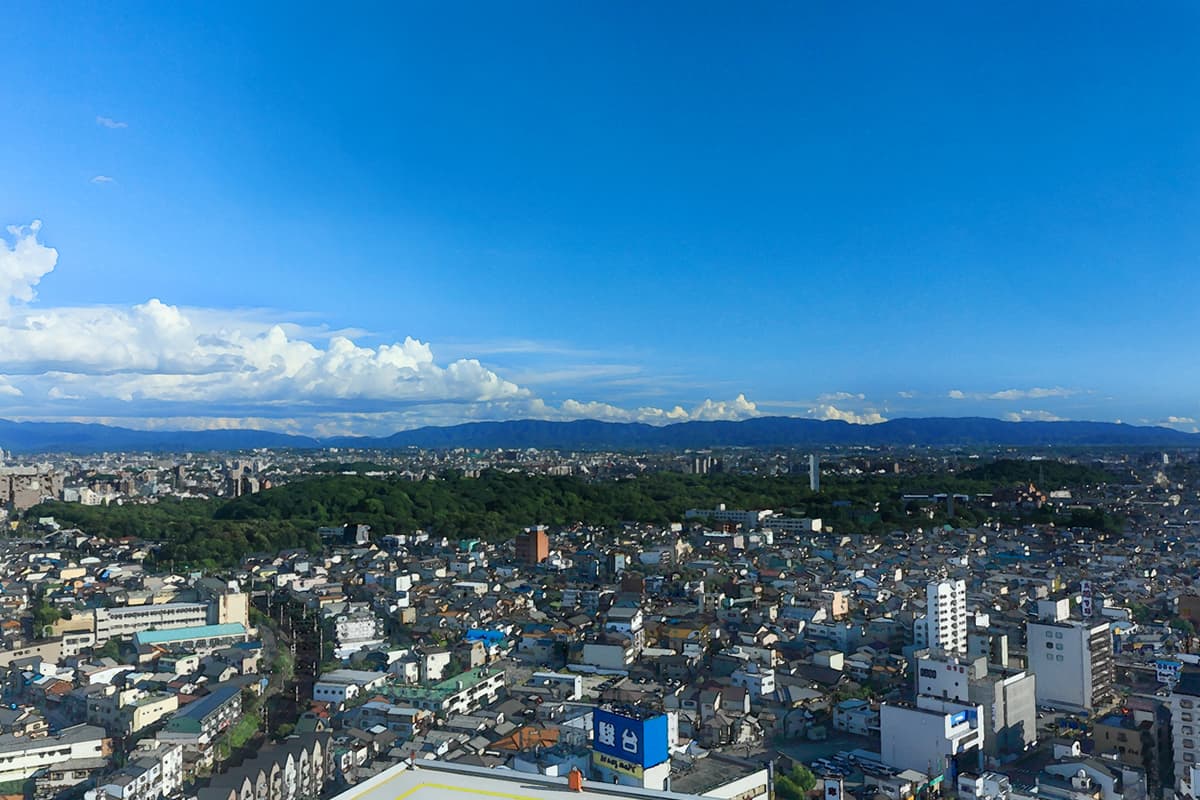
See Sakai and Feel Japan
Located next to Emperor Nintoku’s tomb is Daisen Park. The park is home to the Sakai City Museum, where visitors can learn about the history and culture of Sakai City as it has developed since the Kofun (burial mound) period.
Daisen Park also has a traditional Japanese-style garden spread over 2.6 hectares. Appreciate the unique aesthetics of Japan while enjoying a cup of matcha and a traditional sweet.
In one corner are two tearooms that were built in the early modern period and moved more recently to the park, a delightful place to have that cup of matcha.
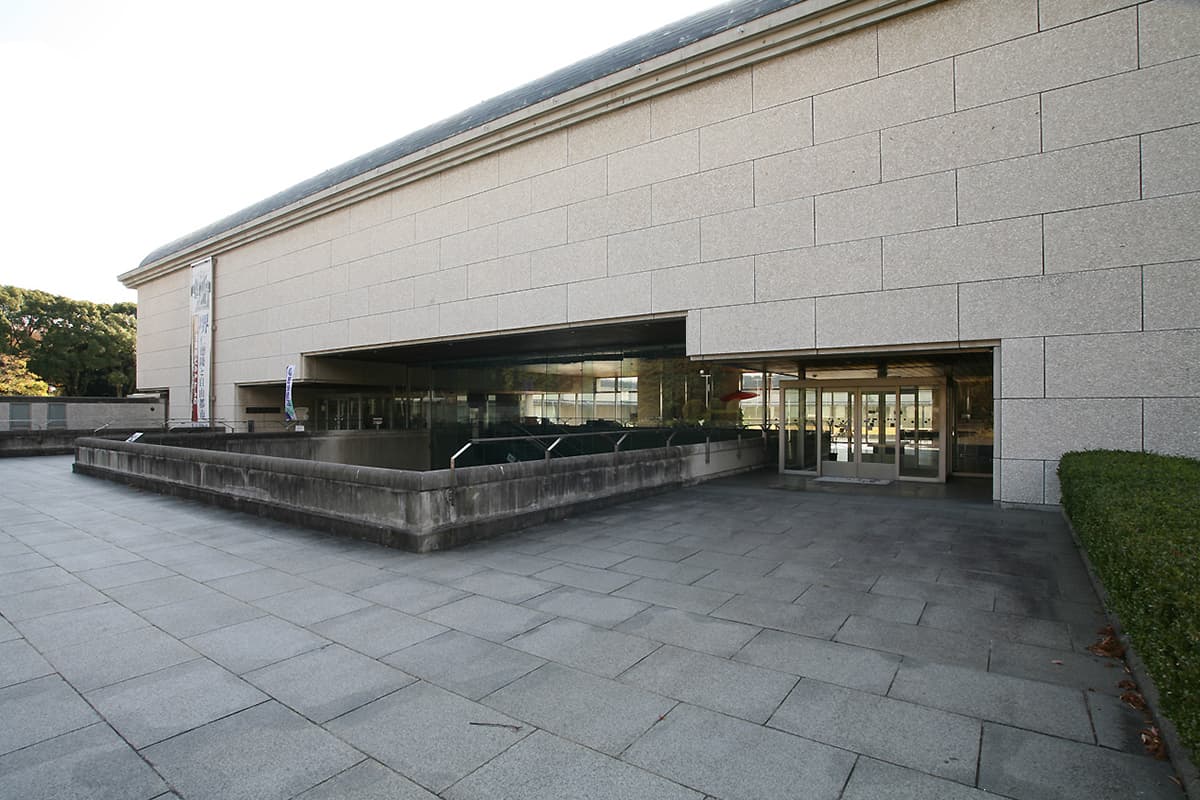
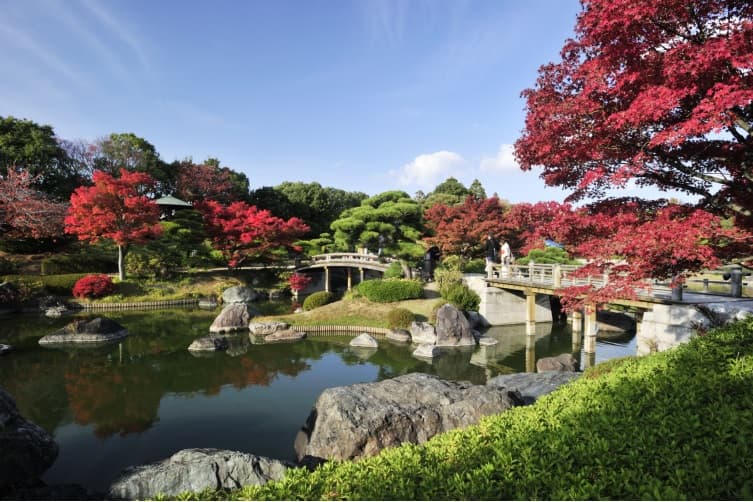
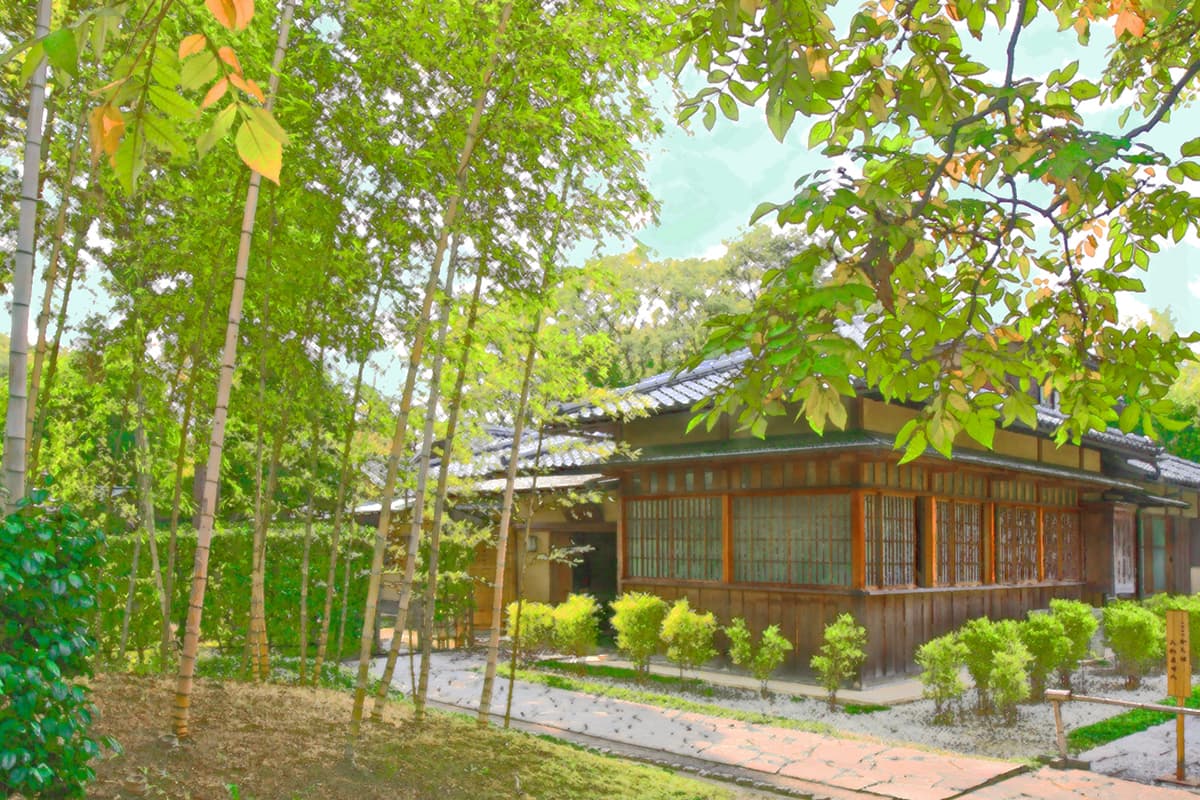
Early Modern Sakai
The early Edo period of Sakai is brought to life by the architecture, such as the historical Gunsmith’s Home and the Yamaguchi Residence.
Another structure of note is Honganji Sakaibetsuin Temple, the largest wooden structure in the city. At the beginning of the Meiji period when Sakai was a prefecture, the temple was used as the prefectural government office.
Two other sites that should not be missed are the Japanese garden at Myokoku-ji Temple, which has a cycad tree more than 1,000 years old, and the Japanese rock garden at Nanshu-ji Temple.
To reach parts of Early Modern Sakai, you can take the following buses from Sakaihigashi station:
The Gunsmith's Home - Take the number 16 or 17 bus, get off at "Aya-no-Chodentei-mae" bus stop, after that is a 5 minute walk.
Honganji Sakaibetsuin Temple, Myokoku-ji Temple - Take the number 16 bus, get off at "Zaimokucho" bus stop, after that is a 5 minute walk.
Nanshu-ji Temple - Take the number 14 bus and get off at "Yamanokuchibashi" bus stop.
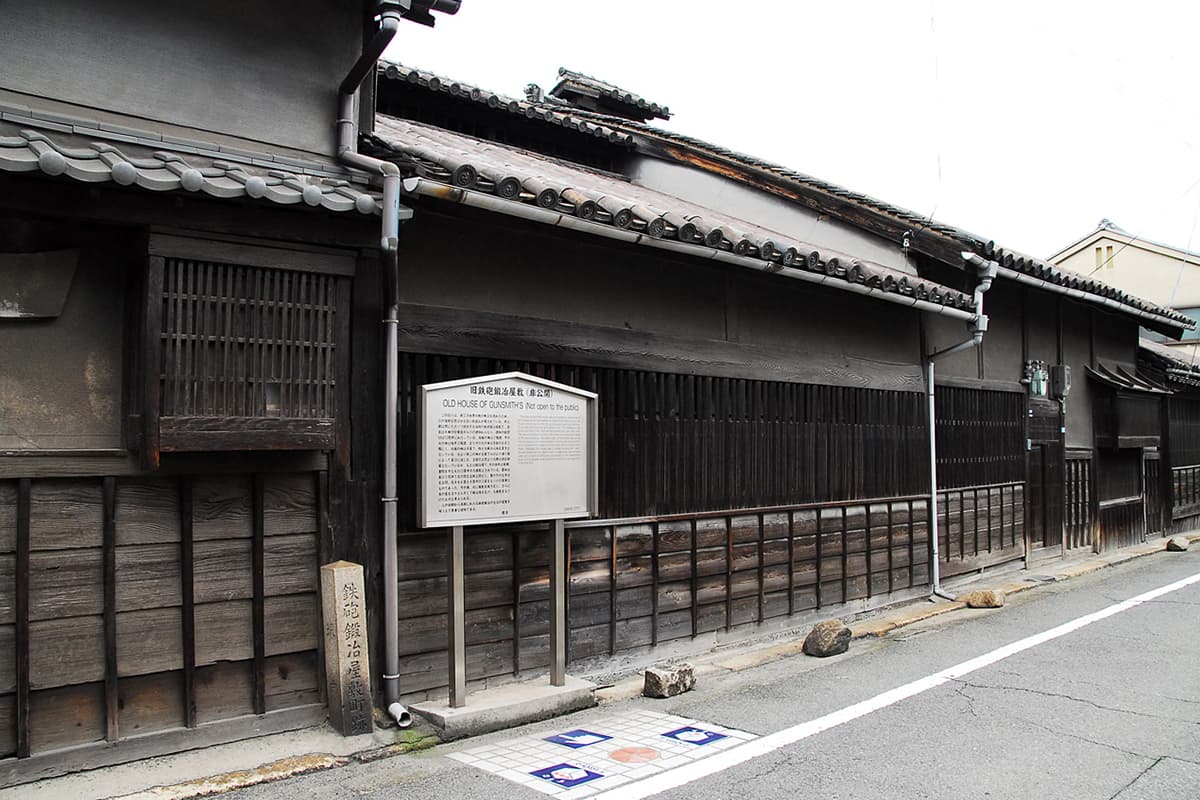
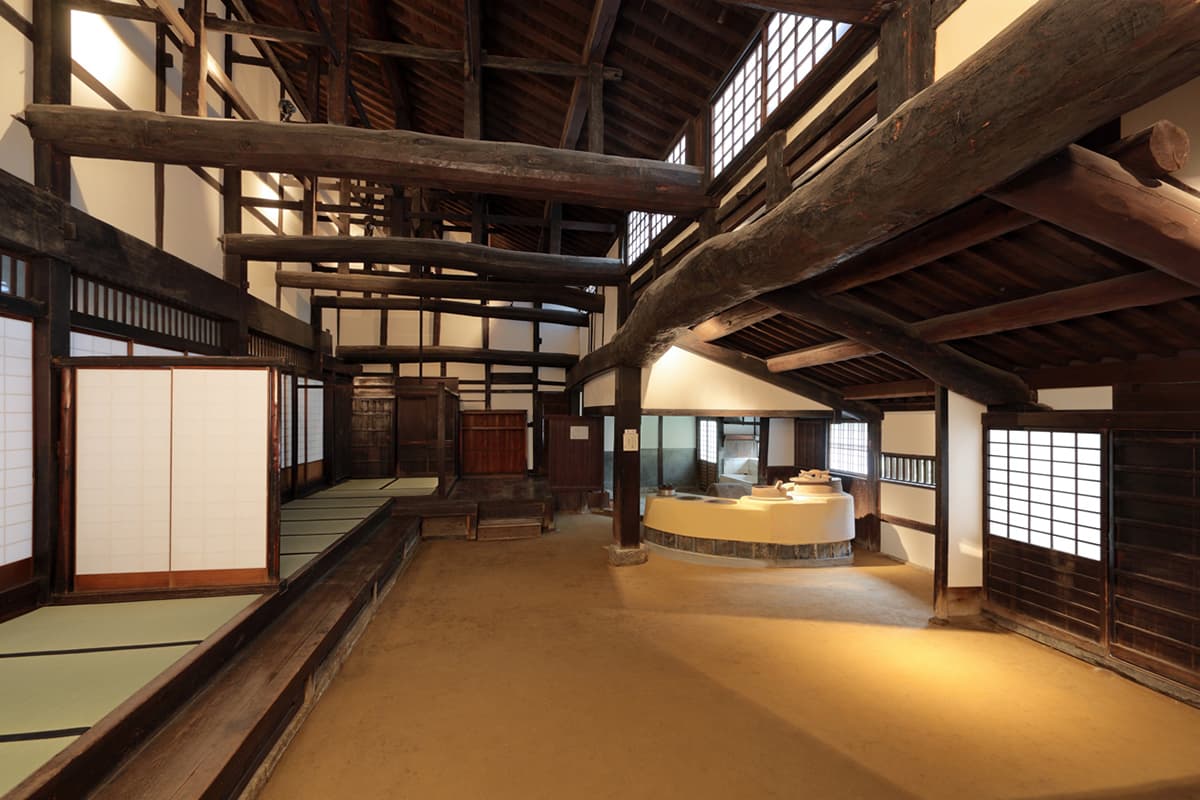
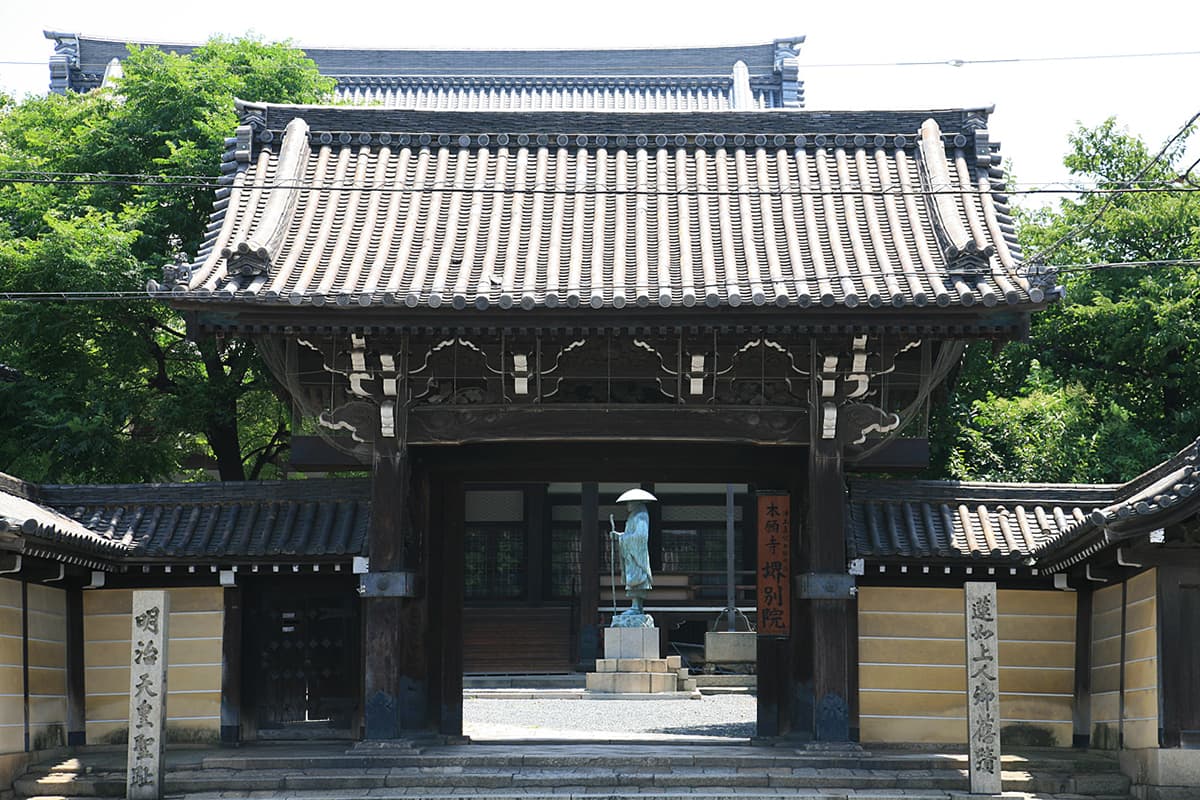
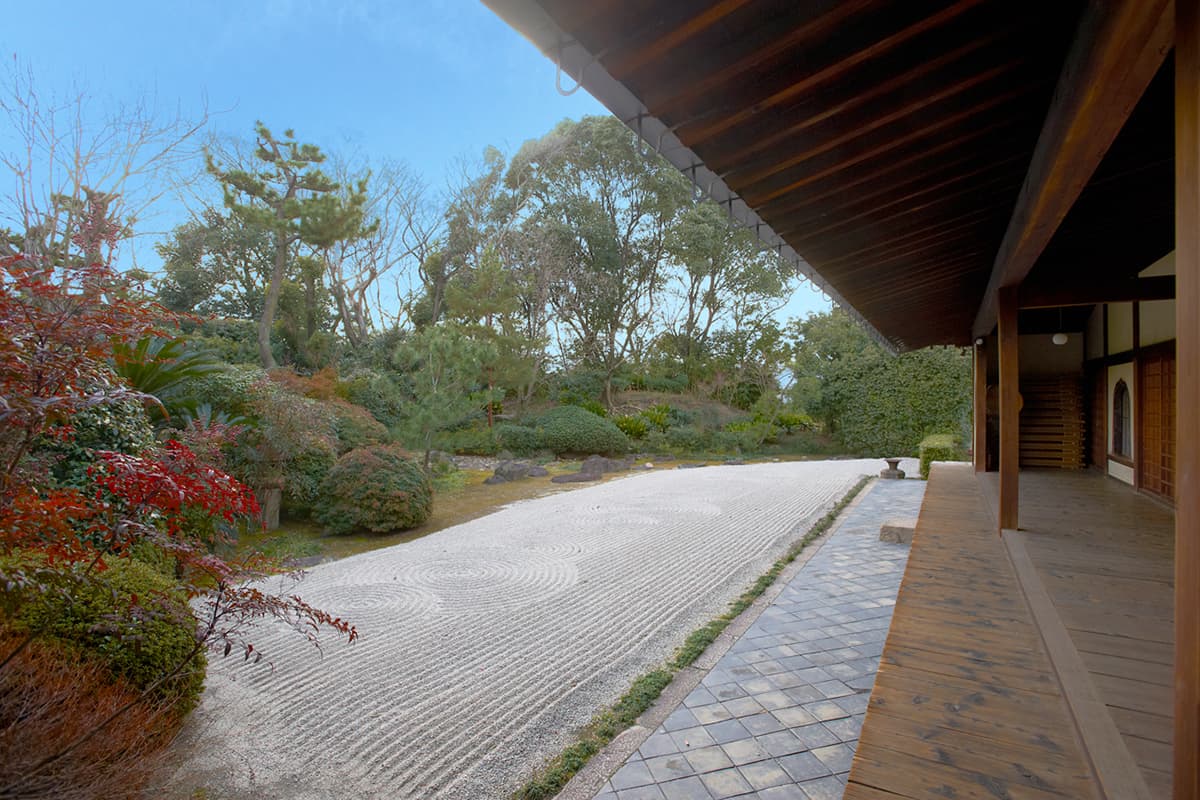
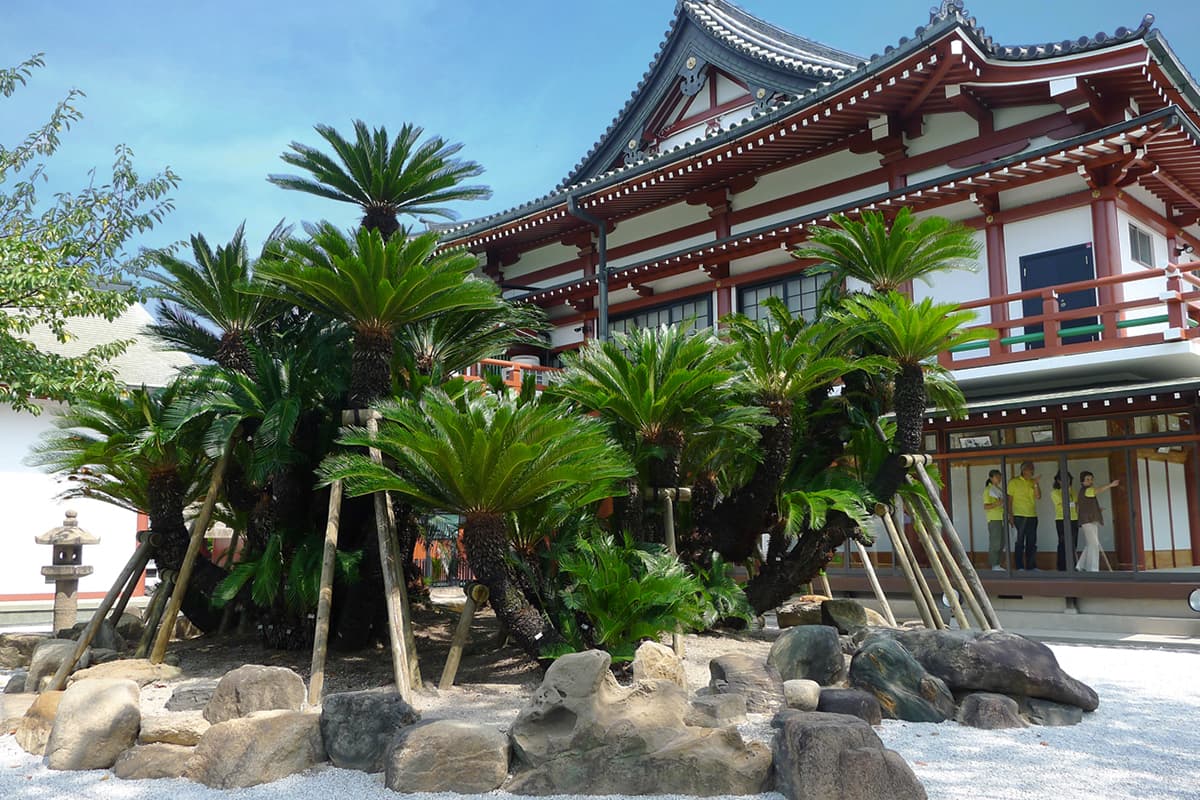
Gateway to the World
In the medieval period, the Port of Sakai developed as a natural harbor that served as an international port. The Old Sakai Lighthouse, which stands to this day at the old port, is the oldest wooden lighthouse in Japan. It was built in the Meiji period with donations from the people of Sakai.
To go to the Old Sakai Lighthouse, take the number 0 bus from Sakaihigashi station to Sakai station. It's a 10 minute walk from Sakai station. After exploring the Early Modern Sakai, you can take buses number 14, 16, and 17 to reach Sakai station.
From Sakai station you can take trains to go to Kansai International Airport.
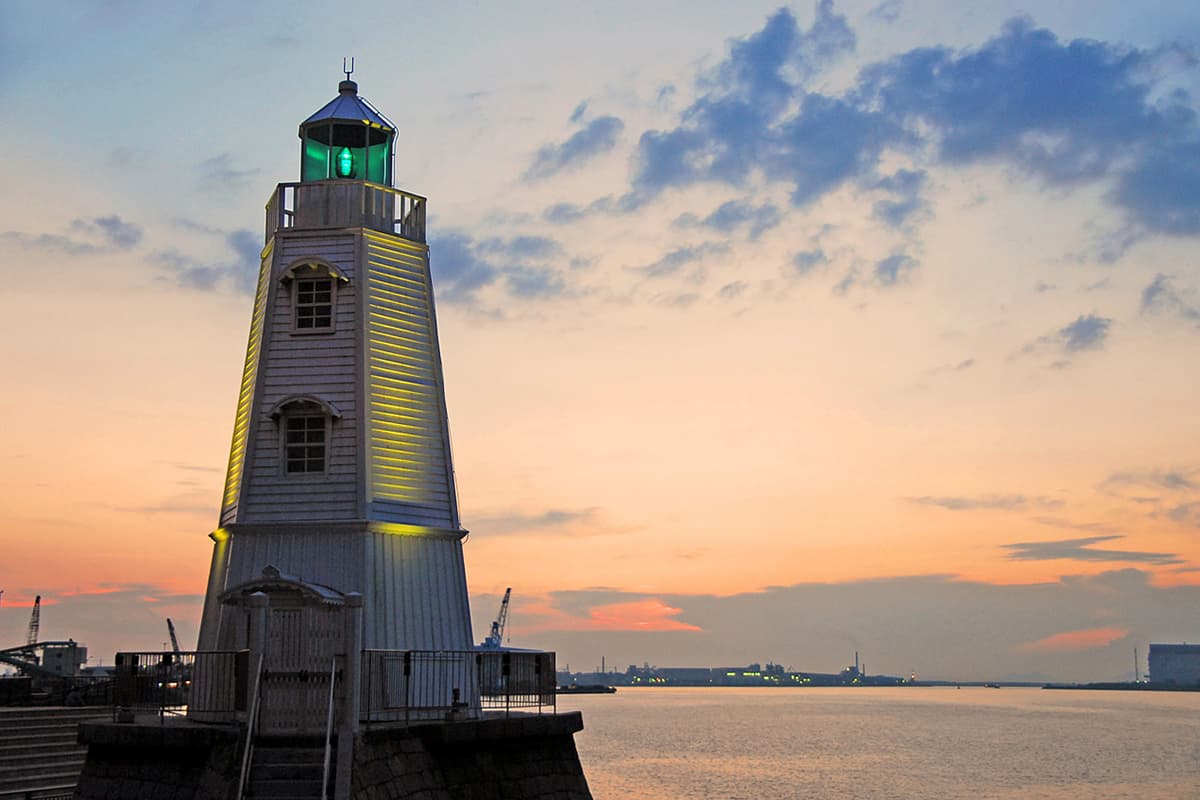
- Book a bus to Sakai
- [Nankai Bus] Kamakura/Fujisawa/Odawara ⇒ Osaka/Kyoto
- [Wakayama Bus] Yokohama/Ueno/Tokyo Disney Resort® ⇒ Wakayama/Sakai
- [WILLER EXPRESS] Tokyo/Kawasaki/Chiba ⇒ Osaka/Kyoto/Kobe/Shiga/Wakayama
- Book a bus to Namba
- Sakai is about 10 minutes from Namba by Nankai Electric Railway.
- [Nankai Bus] Sagamihara/Tachikawa/Akishima/Tamagawa Josui ⇒ Kobe/Namba/Kyoto
- [Nankai Bus] Tsuruoka/Sakata ⇒ Osaka/Kyoto
- [Nankai Bus] Nagano/Yudanaka ⇒ Kobe/Osaka/Kyoto
- [Nankai Bus] Akihabara/Narita Airport/Choshi ⇒ Osaka/Kyoto

